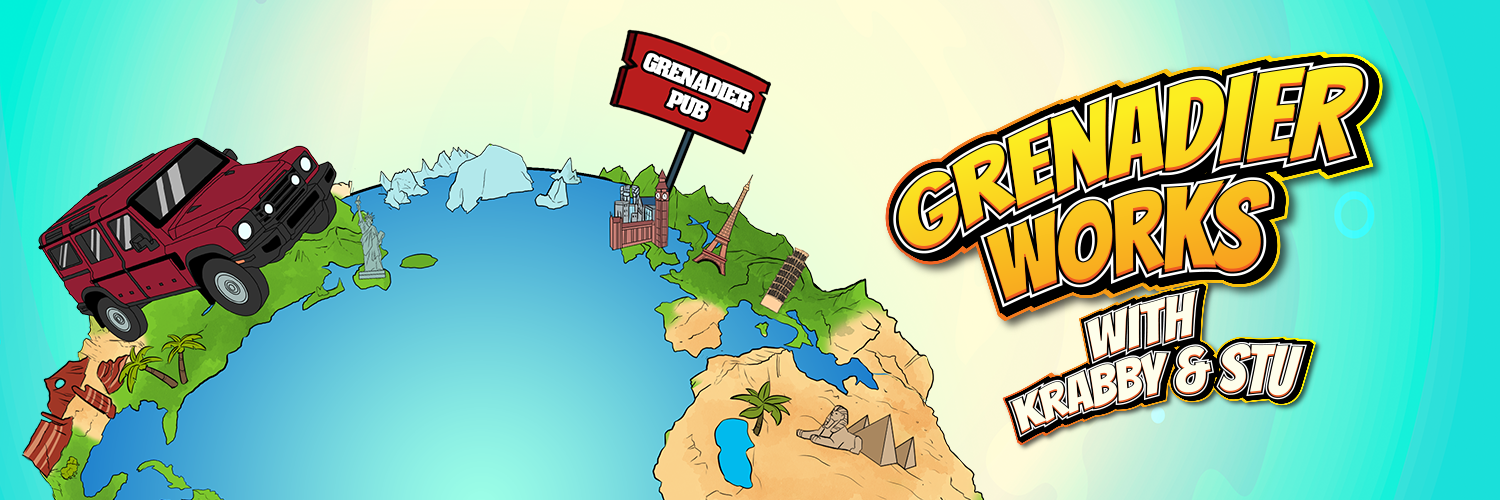I went with the 2.5, installed properly, at a reputable shop. I watched the CV joints for about a month with no problems. It's currently at the dealer getting its first service, and they sent me a pic of my split-open boot. I had not inspected it after going off-road the last time, so I'm guessing that's when it occurred.
My question is, has anyone had shaft problems with the 1.7 front lift? I have searched and have not found anyone so far who has had problems with the 1.7 installed. I'll go to 1.7 if it eliminates the problem, but if the problem still exists at 1.7, I might as well leave it where it is.
Thanks
My question is, has anyone had shaft problems with the 1.7 front lift? I have searched and have not found anyone so far who has had problems with the 1.7 installed. I'll go to 1.7 if it eliminates the problem, but if the problem still exists at 1.7, I might as well leave it where it is.
Thanks






